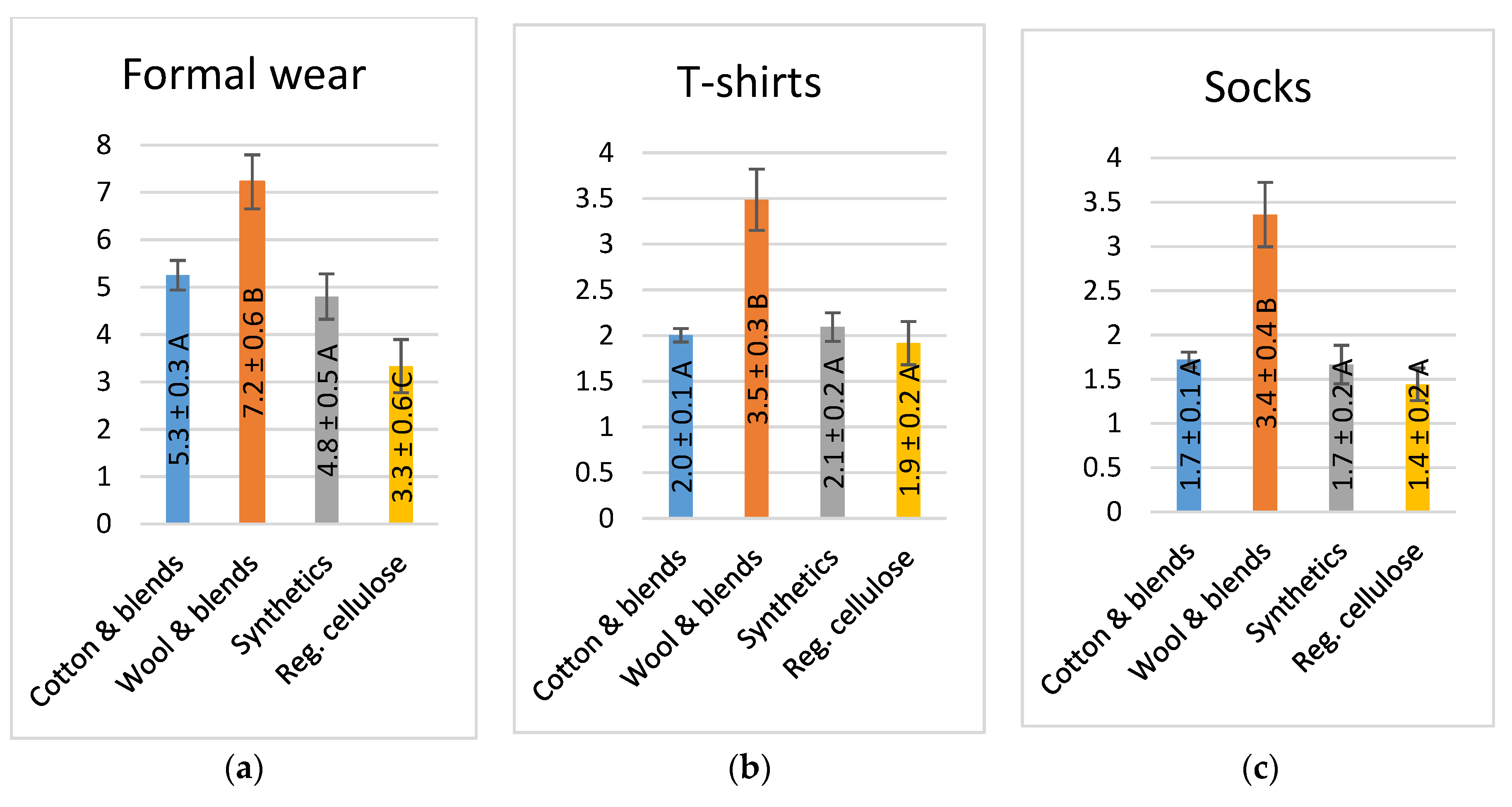Garments made from wool are washed the least frequently (because of wool's natural resistance to odour, stains and wrinkles) and therefore consume comparatively less energy and water – which adds to wool's reputation as the 'planet-friendly' fibre of choice.
According to a new AWI-funded scientific study, garments made from wool are washed less frequently than garments made from synthetics, cotton and cellulosic fibres, and therefore have the least environmental impact of all these fibres during the 'use phase' of a garment's life cycle.
The new AWI-funded study, published in September in the peer-reviewed journal Sustainability, found that garments made from different fibres are cleaned by consumers in different ways and therefore have significantly different environmental impacts during the use phase of the garment. The results highlight the positive eco-credentials of wool.
The study states: "Laundering frequency is the most influential factor for differences in the environmental impacts per wear between garment types. Woollen garments have the lowest water and energy use per wear, as well as related [greenhouse gas] emissions, mainly due to the reduced laundering frequency."
AWI Program Manager for Fibre Advocacy and Eco Credentials, Angus Ireland, says the study demonstrates the eco-credentials of wool in a world where there is increasing concern about society's trend towards 'fast fashion' and the effect on the environment of synthetic textiles.
"Laundering frequency is the most important indicator of energy consumption during a garment's use phase. Consumers who are aware that their wool clothes require less washing – because of wool's natural resistance to odour, stains and wrinkles – have the greatest influence on the sustainability of their garments," Angus said.
"The fact that wool clothes need less frequent washing not only reduces energy and water consumption, it also preserves the as-new look of the garment, enabling consumers to continue wearing it for longer.

Mean number of days garments are worn between cleaning by fibre content of (a) formal wear (suits, trousers and skirts), (b) T-shirts, polo shirts and singlets, and (c) socks and stockings.
The journal article is based on the results of a quantitative wardrobe survey, undertaken by AC Nielsen, of more than 200 consumers from each of China, Germany, Japan, the UK and the USA – and additional qualitative laundry diary data of 30 consumers from each of those five countries.
The research, funded by AWI, provides quantified and robust data about the environmental impacts of cleaning different types of garments, which will help ensure accurate and positive environmental assessments for apparel products containing wool. The results will be used, for example, during AWI's engagement with the European Union's Product Environmental Footprinting initiative which is expected to soon become the most influential market-facing reporting system for environmental credentials.
Angus says The Woolmark Company funds scientific research into wool's environmental footprint to help demonstrate to the fashion and textile trades – and consumers – that wool is the 'planet-friendly' fibre of choice.
"By funding studies such as this one, we are now in a 'knowledge-powerful' position regarding the impact on the environment of wool compared to other fibres," Angus said.
"The results of this particular study indicate the benefits of focusing environmental work on consumer habits and culture, and not only technologies."
Angus added that, while the study shows that wool's eco-credentials shine during the 'use phase' of a garment due to its need for infrequent laundering, there is potential for wool's impact to be reduced even further because not everybody knows about wool's easy care attributes.
"To remedy this, AWI through its marketing arm The Woolmark Company is regularly putting out educational material about how easy and low maintenance it is to look after wool apparel," Angus said.






